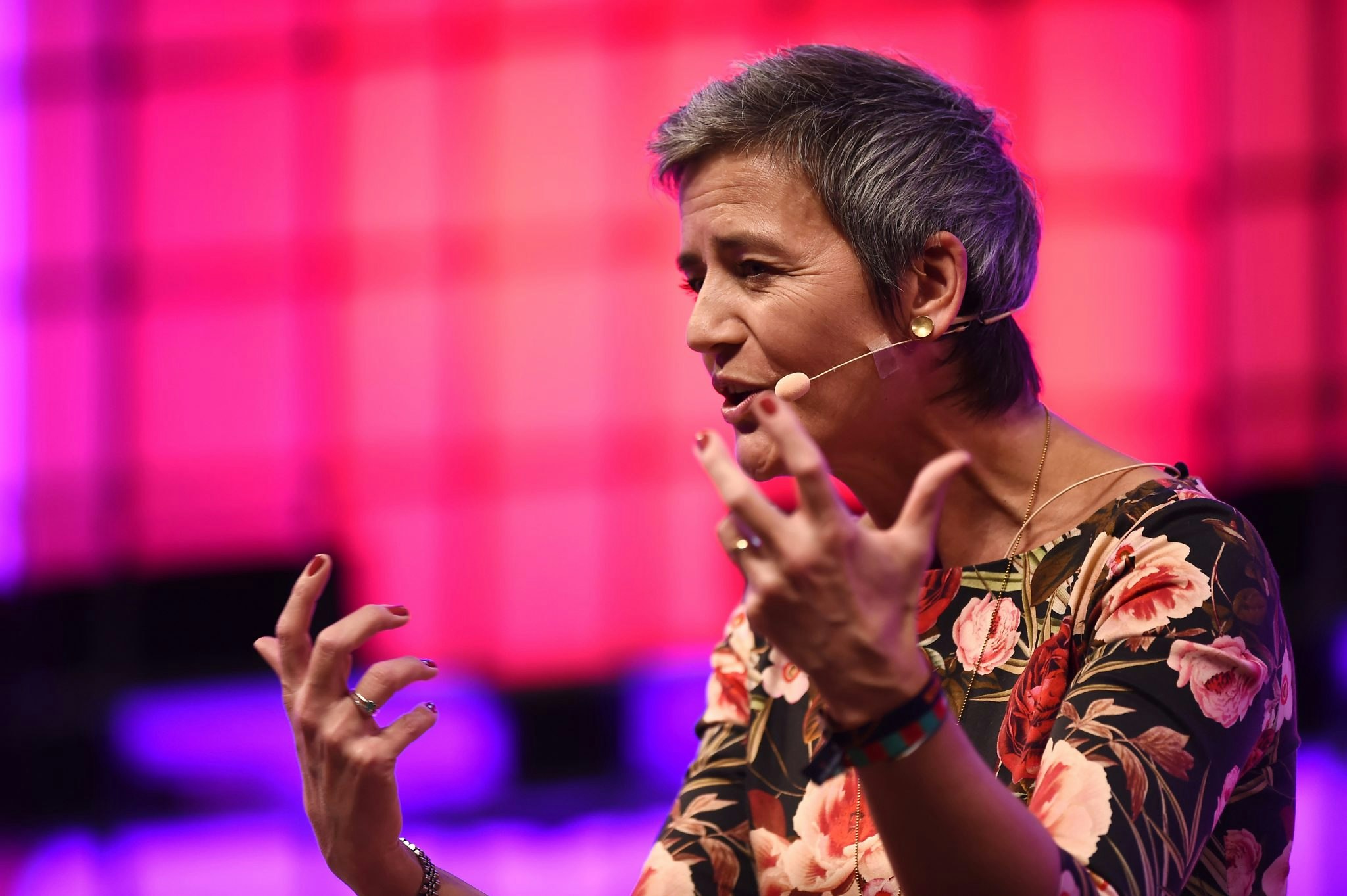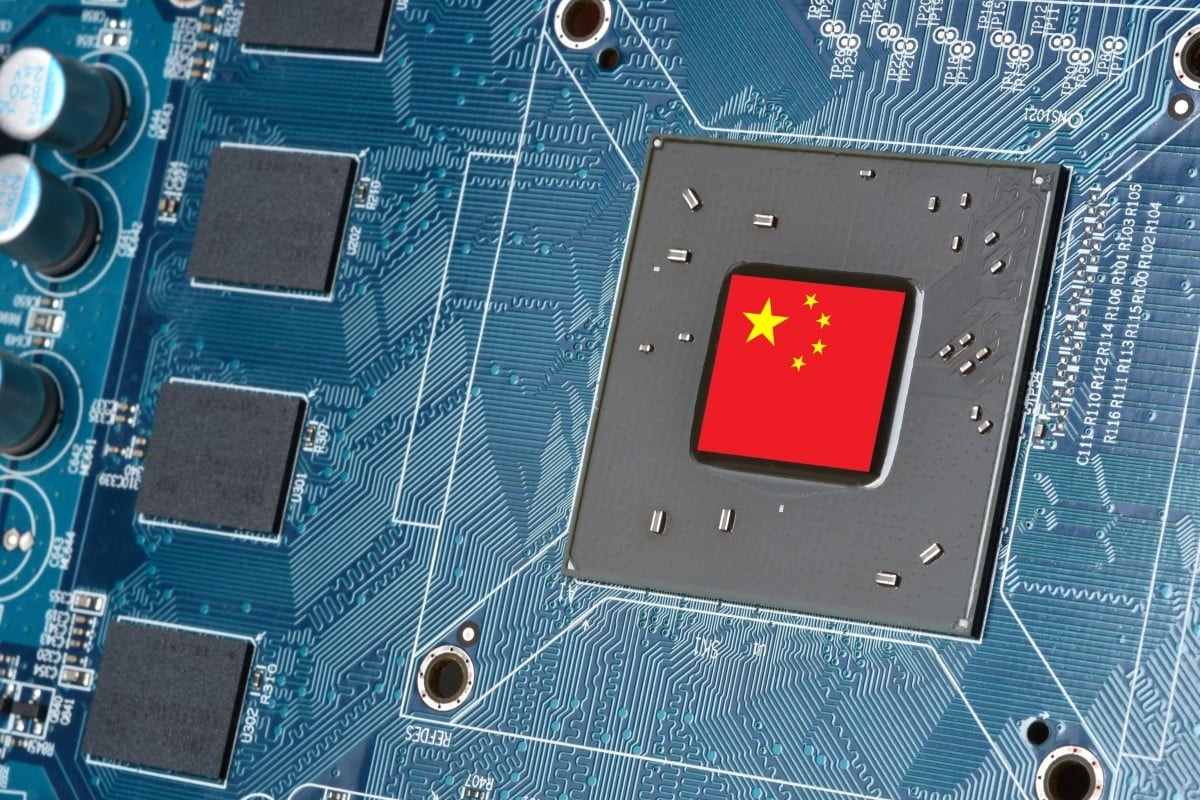EasyMile has raised €55m to help the company prove it can turn its autonomous vehicle technology into a sustainable business.
To do that, EasyMile has expanded into self-driving transport for goods. While the company continues to develop its autonomous shuttles for people, moving stuff offers the promise of a more robust market in the short term.
In making this shift, EasyMile is confronting a dilemma that faces most deeptech companies: how to balance the long term horizon of research-based technologies with the need to commercialise products and generate revenues.
"We are quite quickly shifting to material handling," said EasyMile founder and CEO Gilbert Gagnaire. "That doesn't mean that we drop the people movers. We have just acknowledged that in terms of maturity, the material handling business is probably a low-hanging fruit for us."
Evolving mobility
Searchlight Capital led the latest round of funding, which also included money from McWin, NextStage AM, Alstom, Bpifrance and Continental. It comes after a particularly challenging year: the pandemic slowed many of EasyMile's pilots as public transportation around the globe took a hit during various lockdowns.
But shuttles have emerged in recent years as one of the more successful implementations of autonomous driving technology. While hype in this sector first focused on cars, and then trucks, shuttles offered more targeted use cases thanks to defined routes in controlled environments.
Within this niche, EasyMile emerged as a leader. Gagnaire said the company has about 180 shuttles in various stages of operations and pilots around the world. The world's 10 largest bus companies are all customers.
From the company's founding in 2014, he wanted to emphasise the creation of products that could actually be used by customers in the real world rather than just pursuing endless R&D. That decision has proved challenging at times both in terms of operations as well as funding.
"Maybe I made a strategic mistake," he said, "because at the very beginning, I decided that we should have customers and we should learn from customers. As soon as you have real customers, you also have real problems. And so your ability to make your investors dream is obviously less because you are confronted with the real market. Of course, you learn a lot. In return, all your problems are exposed to the world."
That included a widely-publicised incident in February 2020 when an EasyMIle autonomous shuttle in Columbus, Ohio activated its emergency braking system. A passenger slid off their seat but didn't suffer any injuries. Still, the programme was temporarily suspended as officials reviewed the incident.
As for funding, EasyMile's pursuit of customers placed it in a kind of VC no man's land. On one side are VC firms that back pre-revenue companies. On the other side are growth equity funds wanting to help startups with strong market traction scale up.
"It's very easy to claim that you're going to shoot to the moon as long as you don't have to prove that you can actually do it," Gagnaire said. "But the day a company buys a product from you, your dreams are confronted by the expectations of the customer. And then there's no more dream —there's just a product that is not completely mature and you realise how much work is left to be done. But it's only when you have customers that you realise that."
Beyond dreams
Even if autonomous shuttles showed greater promise compared to other forms of self-driving vehicles, Gagnaire began to realise that this market was at least three more years away from delivering real value to customers.
"It's no secret that as long as you need the safety driver in a very expensive shuttle, there is no return on investment," he said. "For the bus operator versus a normal bus with the driver, the bus is less expensive than the robot."
For now, EasyMile will continue doing pilot projects on public roads with more complex situations. And in some cases, it will also conduct pilots with no safety drivers in simple conditions.
It's also pressing on with plans to develop an autonomous van, in partnership with France's national rail operator SNCF, that will run on a converted railway track. And the company is co-developing a public shuttle for disabled residents in Houston.
But for now, Gagnaire has decided the company's future will be built on material handling. Last year, EasyMile introduced an autonomous tow tractor called TractEasy. The vehicle is already in pilot programs in several airports to haul things such as luggage as well as automotive factories (including Toyota and BMW) to move components.
According to Gagnaire, TractEasy offers real efficiencies and savings to customers because it lowers operating costs while increasing efficiency by automatically optimising routes and causing fewer errors and accidents. Those improvements will be measurable, he said, and will hopefully help accelerate adoption.
"With the tow tractor, we're going to have proper customers," Gagnaire said. "By proper customers, I mean people who buy your product and that expect value to be created by the product. So far, EasyMile was living on innovation budgets; companies always have innovation budgets. And when you tap into the innovation budget, the expectations of the customer are not so high. But trust me, when Toyota acquires a fleet of TractEasy vehicles, they have expectations that they will get the job done. Our technology is mature enough now to do that."
Gagnaire is optimistic enough to project that TractEasy will help the company break even. By achieving financial sustainability, EasyMile should have enough time for the broader autonomy market to finally be ready for wider deployment of people movers, he said.
"It basically will keep us afloat until the company becomes profitable in 2023," Gagnaire said. "So that's hopefully the last funding round before we hit the breakeven. That doesn't mean that we won't need any more funds in the future. Because we have to finance the growth. But if there is a next round, very likely the company will be revenue positive."


